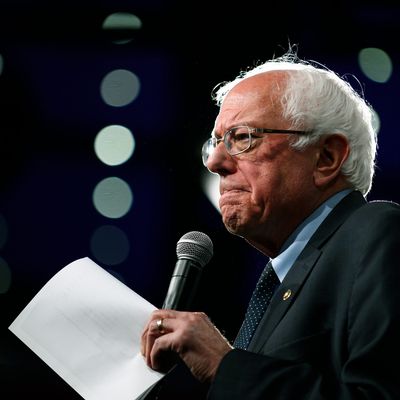
Being a self-identified independent voter is as popular in California as it is nationally, even if it mischaracterizes the growing partisanship of actual voting behavior. It got some serious attention earlier this year when the percentage of No Party Preference voters in California exceeded that of Republicans for the first time.
But in looking specifically at the Golden State, it’s important to understand that party registration — or the lack thereof — is insignificant in all but one isolated type of election. Local elections in California are all nonpartisan. And state elections since 2010 have been governed by a top-two system in which all candidates regardless of party affiliation are placed on the same primary ballot, with the two leading vote-getters proceeding to the general election. All voters, including those registered with any party along with No Party Preference voters, get the same ballots. Party affiliation has become relatively unimportant, which is probably another reason that NPP registration has risen.
There is that isolated exception, however: presidential primaries, in which top two has not been imposed for the obvious reason that it would make compliance with national party delegate selection rules impossible. An additional wrinkle is that California law allows the parties to choose whether to allow No Party Preference voters to participate in their presidential primaries. In 2016 and again in 2020, Democrats have said “yes” while Republicans have said “no thanks.”
But there’s a catch for NPP voters wanting to vote in the March 3 Democratic presidential primary: They have to ask for a Democratic ballot. That’s easy enough at a presidential polling place. But with voting-by-mail becoming the regular practice for a large and increasing majority of voters, NPP voters have to request a Democratic mail ballot, too.
California recently made this process easier by instructing county election offices to send out postcards to NPP voters that can be returned to request a “crossover” presidential primary ballot. So 4.2 million of these postcards have duly been mailed out, but no one knows how effective these cards — nestled into holiday mail — will be. Initial signs aren’t great, according to the Los Angeles Times:
Recent polling shows record levels of voter excitement, and 75% of nonpartisan voters say they want to vote in the Democratic primary. So far, it appears that only 9% to 15% are returning the postcards that would allow them to vote for a presidential candidate.
There’s an additional problem for hundreds of thousands of California independents: They have registered — mostly inadvertently — as members of the American Independent Party as opposed to registering with No Party Preference. This problem came to light in 2016 when the Los Angeles Times conducted a study of AIP registrants:
With nearly half a million registered members, the American Independent Party is bigger than all of California’s other minor parties combined. The ultraconservative party’s platform opposes abortion rights and same sex marriage, and calls for building a fence along the entire United States border …
But a Times investigation has found that a majority of its members have registered with the party in error. Nearly three in four people did not realize they had joined the party, a survey of registered AIP voters conducted for The Times found …
Voters from all walks of life were confused by the use of the word “independent” in the party’s name, according to the Times analysis.
The Times found lots of celebrities — including a number of Hollywood lefty types — registering as AIP members under the mistaken impression that this meant registering as an “independent.” That must have been richly ironic to real members of the party founded in 1968 by segregationist George Wallace, which ultimately endorsed Donald Trump in 2016. It’s actually this misunderstanding that has kept the party viable all these years.
The California legislature passed a bill earlier this year that sought to force the AIP to change its name to drop the word “independent” from it. But Governor Gavin Newsom vetoed it, arguing plausibly that targeted regulation of the name chosen by a political party a half-century ago would almost certainly be struck down by the courts on First Amendment grounds.
Despite all the publicity about people stupidly signing up for a right-wing party with a racist legacy, AIP registration in California actually grew from 457,173 in 2016 to 581,060 in May of this year. None of these people will be able to vote in the Democratic presidential primary unless they re-register as Democrats or as NPP filers. And while California has same-day registration at polling stations, again: That doesn’t necessarily help mail-ballot voters who have to proactively request a change in registration.
So if due to confusion among indies a significant percentage of them disqualify themselves from voting in California’s presidential primary next March (or in mail balloting beginning on February 3), does that hurt any particular candidate? Well, supporters of Bernie Sanders, who was significantly more popular among left-leaning independents than among regular Democrats, certainly thought obstructions to indie participation cost him a potential California win in 2016. And polling suggests that Sanders is again the favorite of independents who want to vote in the Democratic presidential primary this time around, which given its early timing could be even more influential than usual. Presumably his campaign understands that well enough to spend some serious time and resources educating independents on how and when to vote.






























